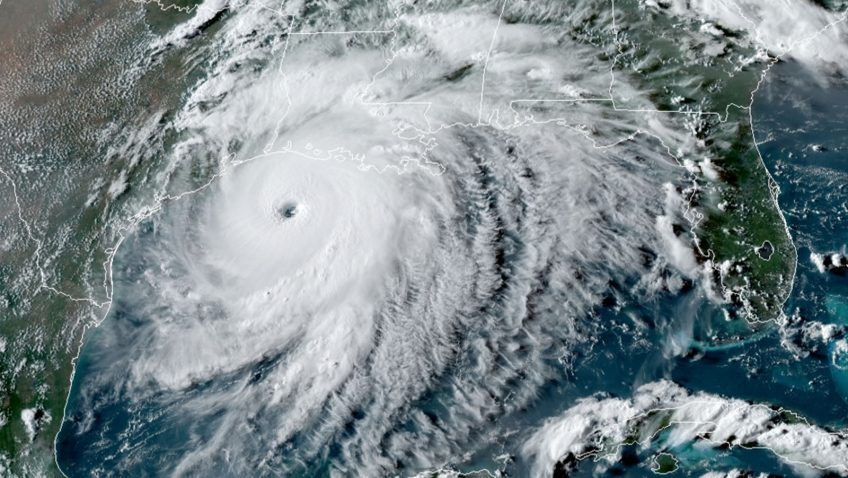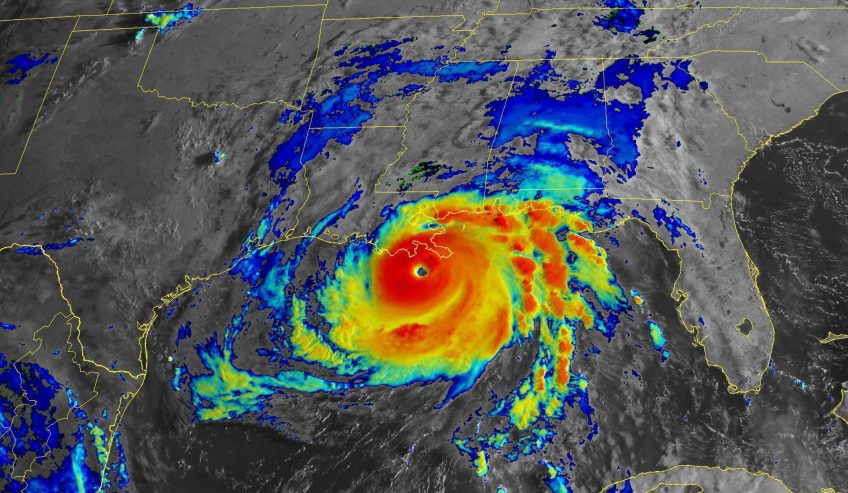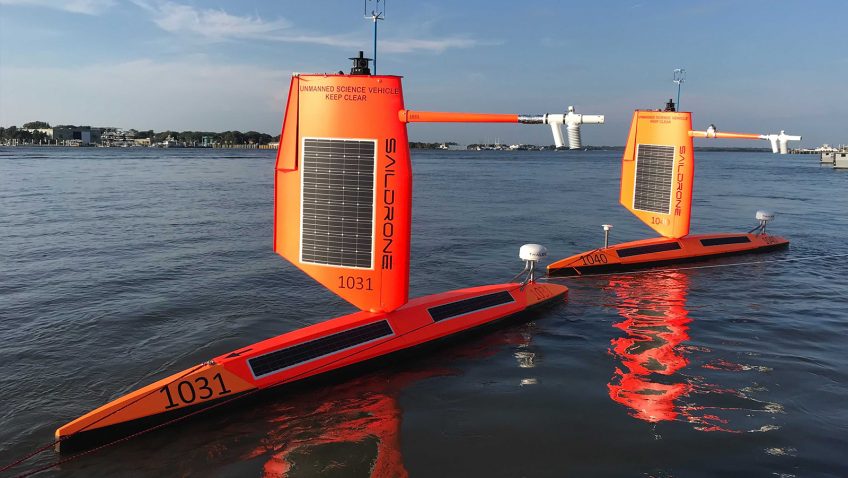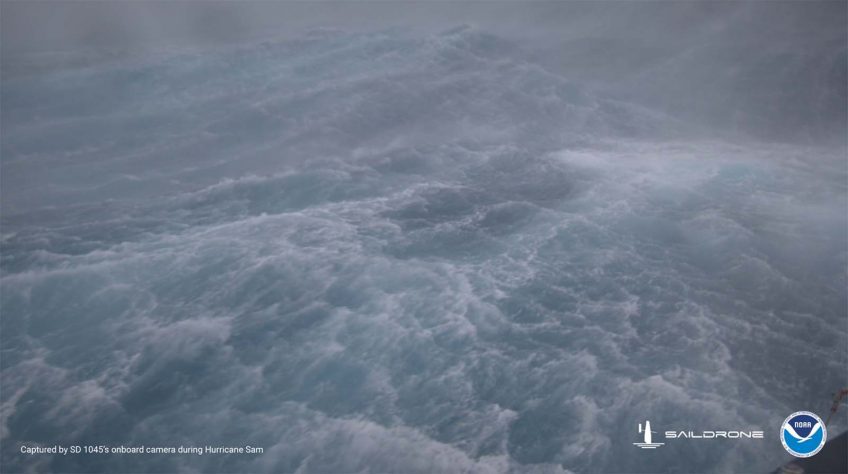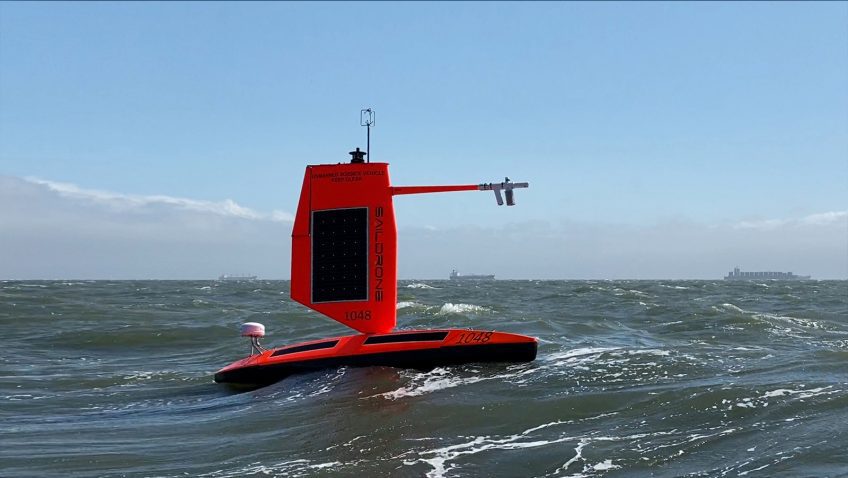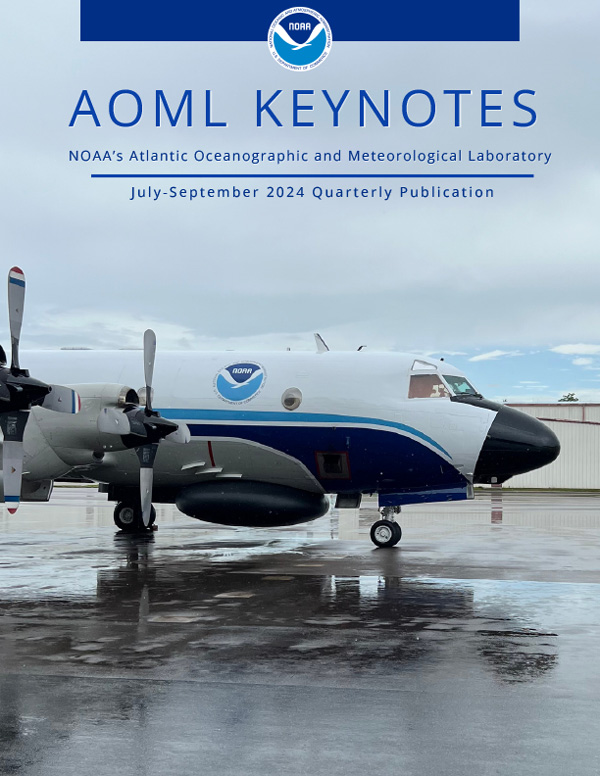Researchers and Forecasters Team Up to Improve Forecasts in the New Hurricane and Ocean Testbed
After a year and a half of concerted effort between NOAA’s National Hurricane Center (NHC), Atlantic Oceanographic and Meteorological Laboratory (AOML), and other NOAA offices, including the Weather Program Office, the Hurricane and Ocean Testbed (HOT) has been successfully launched in the newly designed William M. Lapenta Laboratory, named in memory of the late director of the National Centers for Environmental Protection. This testbed establishes a physical and virtual collaboration space for researchers and forecasters.


